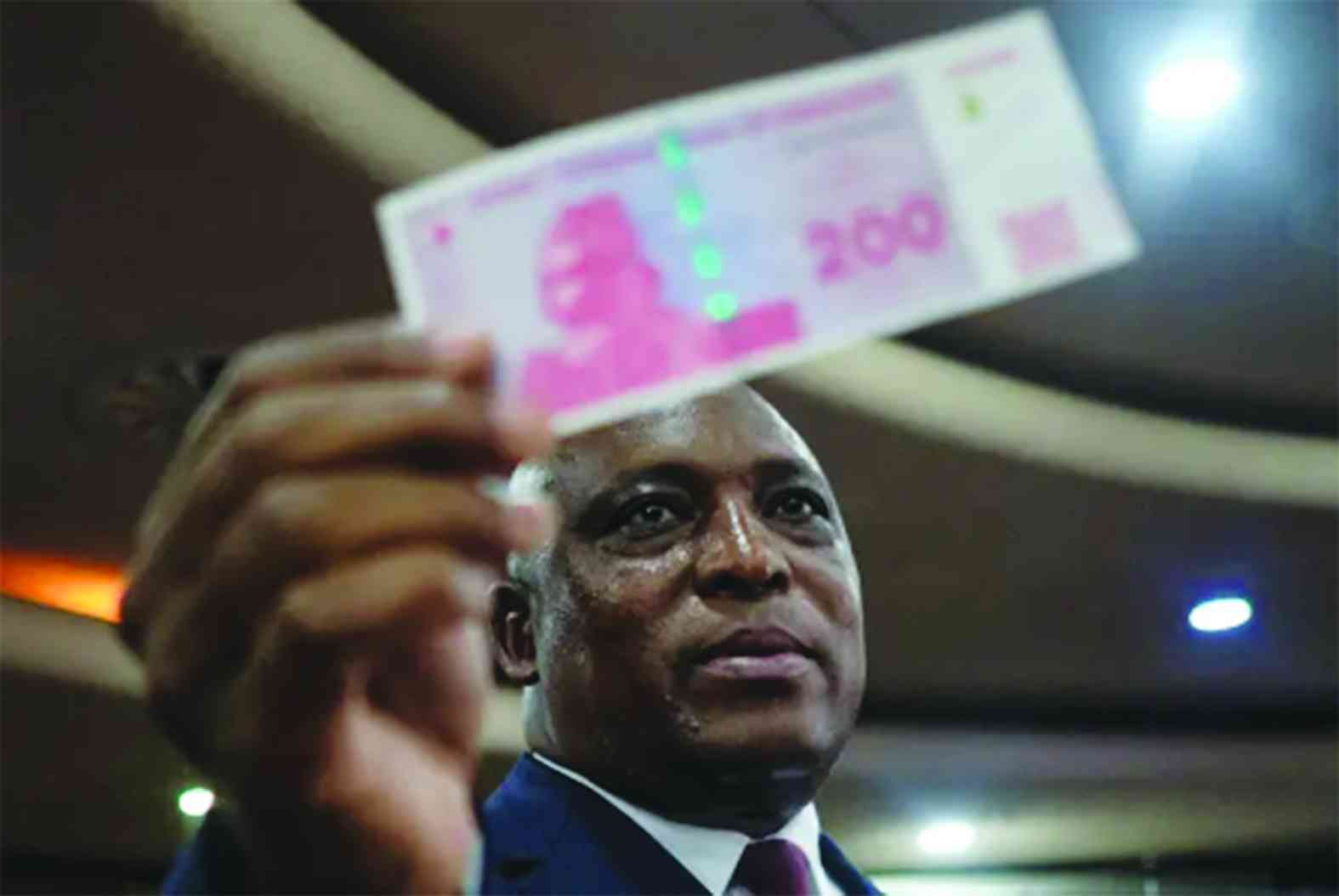
IF the new currency, Zimbabwe Gold (ZiG), fails, there will be no one to blame as fingers will point to its supposed chief marketing officer, Reserve Bank of Zimbabwe (RBZ) governor John Mushayavanhu.
Since the release of the new measures expected to attain exchange rate stability and accelerate the continued use of the local currency, Mushayavanhu has been literally hopping from one gaffe to another.
First, he told the public that the new ZiG notes and coins would be introduced on April 8. When it became clear that there were legal hurdles that had to be cleared, the date was pushed to April 30 to allow the central bank to conduct an awareness campaign to promote the currency.
Barely a week later, Mushayavanhu brewed another shocker saying the structured currency idea was not his, but came from the World Bank.
“We got a consultant from the World Bank sent to us and a lot of things that you are seeing about a structured currency actually came from the World Bank,” Mushayavanhu told a breakfast meeting in Bulawayo.
“So, if you want to blame me, you are actually blaming the World Bank, maybe they did not advise properly and if they did not advise properly, it’s fine. Let’s refine it.”
When it backfired, the governor was signing another hymn.
“I heard yesterday that people were now saying the structured currency that we introduced was given to us by the World Bank. That is not true. We got a consultant to work with us by the World Bank, who assisted us in getting further information on the structured currency and that enabled us to refine our thoughts on that currency. We then proceeded to put together the Monetary Policy Statement that we presented on the 5th of April,” he told a joint portfolio committee on Budget, Finance and Investment Promotion and Industry and Commerce.
- Zimpraise to release album Number 13
- Hyperinflation headache for accountants
- Awards target married couples
- Zimpraise to release album Number 13
Keep Reading
On Thursday this week, Mushayavanhu said the Zimdollar would work alongside the ZiG to give time to those that had not changed the currency to do so.
A legislation in place states that the Zimdollar ended its role on April 30 when ZiG notes and coins were introduced.
Mushayavanhu’s flip-flopping kills the confidence the public had in the new currency.
All this chaos could have been avoided if he had taken a leaf from how the RBZ carried out previous currency changeovers.
Does Mushayavanhu have advisers? Or does he listen to advice from his team?
In a handbook on central banks communications, the International Monetary Fund (IMF) identified five building blocks on monetary policy communication.
It said communication should be clear and transparent, explaining the policy objective and framework and the central bank’s reaction function. Second, messages must be tiered to target different audiences, aiming to reach all relevant segments of the population, IMF said.
Third, communication should be delivered regularly. Fourth, relevant information should be made equally accessible to all target audiences in a timely manner.
Fifth, while there can be merit in allowing for divergent perspectives across officials, central bank communications should not deliver contradictory or confusing messages and should be associated with the institution, it said.
While politicians can get away with flip-flopping up to a certain extent, the situation is different for a central banker who is pushing a new currency, more so when critics believe the governor will fail as he is walking the same path used by his predecessor.











